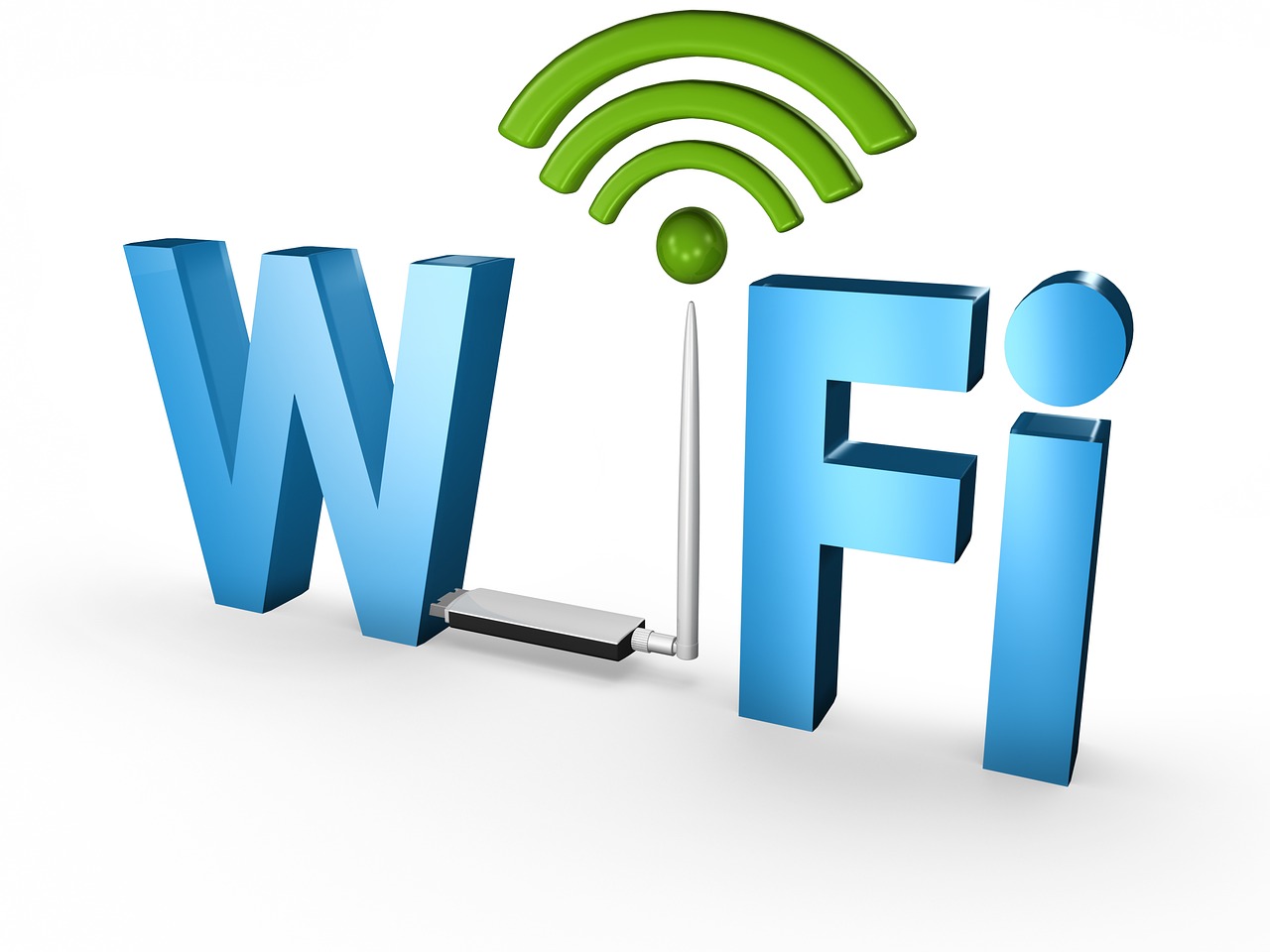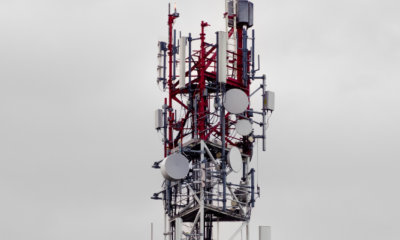Technology
The Future of Connectivity: Wireless Technology 101

In today’s increasingly connected world, wireless technology has become a fundamental part of our lives. Smartphones, smart homes and more rely on wireless connectivity to facilitate seamless communication, work and leisure activities. But what is the science behind these extraordinary possibilities? This blog will provide a closer look at the basics of wireless technology and its potential for propelling future connections.
Wireless technology is built upon the concept of transmission without wires. It uses EMR, such as radio waves or infrared light, to broadcast signals over a short distance – making it possible for electronic devices to communicate with networks or with each other without any physical contact. This technology has many applications, from linking computers and other digital devices to providing cell phone services and Wi-Fi spots.
Wireless technology has seen great development in recent years, thanks to the advent of new capabilities such as Bluetooth®, Zigbee®, and 5G cellular networks. These advances have improved power, efficiency, capacity and speed immensely, allowing for uninterrupted access to larger data volumes. Moreover, more recent developments in this field have enabled devices to connect with one another autonomously without a central hub or router – revolutionizing how we can create smart cities and homes!
How does wireless technology work?
There is no need for wires or cables with wireless technology. Therefore, you can connect to the internet anywhere there is a wireless signal, such as at home, in a coffee shop, or at the airport.
As opposed to traditional wired connections, wireless technology has many advantages. It is more convenient, as you don’t have to worry about tangled cords or finding a place to plug in your device. It is also more portable, since you can take your laptop or smartphone with you wherever you go and still stay connected. Also, wireless connections are usually faster than wired connections, so you can enjoy a better internet connection.
Wireless technology’s benefits
Today, wireless technology is one of the most important and rapidly growing fields in the world. It has revolutionized the way we communicate and connect with one another.
Wireless technology offers the following benefits:
- With wireless technology, we can stay connected and on the move at the same time. We can take our laptops, tablets, and smartphones with us wherever we go and stay connected to the Internet and to each other.
- With wireless technology, we are able to work from anywhere at any time, increasing productivity. As a result, we are no longer tethered to a desk. We can work from home, from the coffee shop, or anywhere else with an Internet connection.
- Wireless technology has improved communications by making it quicker, easier, and more reliable. We can communicate with each other through text messaging, email, instant messaging, video conferencing, and other methods.
- Wireless technology has improved safety by allowing us to stay connected even when we are on the go. If we are in an emergency situation, we can use our cell phones to call for help, and we can track our loved ones using GPS devices.
Wireless technologies types
Each type of wireless technology has its own advantages and disadvantages, making it suitable for different applications. Here are a few of the most common types:
One of the most widely used wireless technologies is Wi-Fi, which connects devices to the internet without the need for cables. It has a range of up to 300 feet and can support multiple devices simultaneously. However, microwaves and cordless phones may interfere with it.
A popular wireless technology, Bluetooth connects devices without the use of wires. Although it has a shorter range than Wi-Fi (up to 150 feet), it uses less power, making it ideal for mobile devices. It can also be used to connect devices that don’t work together, such as a phone and a headset.
A cellular network is used by mobile phones and other portable devices to make and receive calls and connect to the internet. They have a wide range, but can be very expensive when you exceed your data allowance.
With satellite technology, you can access the internet or make calls from anywhere in the world with an unobstructed view of the sky. However, it is slow and expensive compared to other methods.
Wireless Technology: How to Use It
There are many advantages to using wireless technology over traditional wired technologies, including greater flexibility, portability, and convenience.
You should be aware of the potential risks associated with wireless devices, and take steps to protect yourself. This includes ensuring that your devices are configured and secured correctly, and using a reliable and secure wireless network.
Wireless technology can be used safely and securely if you follow these tips:
- Make sure your devices are up-to-date
Make sure you have the latest software updates for your devices. These updates often contain security fixes that can help protect you.
- Passwords should be strong
A strong password should be at least eight characters long and include letters, numbers, and symbols when configuring your wireless router or access point. Don’t use easily guessed words such as “password” or personal information such as your birthdate when configuring your router or access point.
- Make sure your data traffic is encrypted
You should enable the encryption feature on your router to protect your data from being intercepted by another user. Modern routers usually support WPA2-AES encryption. You might want to upgrade to a newer device if you are using an older device that does not support encryption.
- Use a VPN to protect yourself
When possible If you’re connecting to a public Wi-Fi network, make sure you use a virtual private network (VPN) to help protect your data from being intercepted by someone else. A VPN encrypts your data traffic so that even if someone is snooping on the same network, they won’t be able to see what you’re doing.
Conclusion
Despite the fact that wireless technology has come a long way over the years, it doesn’t look like it’s slowing down anytime soon. Knowing the different types of wireless technologies can help you make better decisions about how to stay connected as more devices rely on wireless connections to function. With 5G and IoT, the future of connectivity looks brighter than ever before, from Wi-Fi and Bluetooth to 5G and IoT!




























